Wildlife Birds Animals: Wildlife refers to the non-domesticated animals and plants that inhabit natural ecosystems, including birds, mammals, reptiles, amphibians, fish, insects, and various plant species. It encompasses all living organisms that exist in their natural habitats and play vital roles within ecosystems. The significance of wildlife for birds and animals is multifaceted:
Wildlife Significance
- Biodiversity and Ecosystem Balance: Wildlife, including birds and animals, contribute to the biodiversity of ecosystems. They form intricate food webs and ecological relationships, maintaining a balance within their habitats. Each species plays a unique role in regulating populations, controlling pests, dispersing seeds, pollinating plants, and recycling nutrients. The presence of diverse wildlife ensures the health and stability of ecosystems.
- Conservation of Endangered Species: Wildlife conservation efforts are essential for protecting endangered and threatened bird and animal species. These efforts aim to safeguard their habitats, prevent habitat destruction and fragmentation, combat illegal wildlife trade, and implement conservation programs. Conserving wildlife helps preserve the natural heritage of the planet and ensures the survival of vulnerable species.
- Ecotourism and Economic Benefits: Wildlife, particularly charismatic species, attract tourists and nature enthusiasts. Ecotourism initiatives centered around wildlife observation provide economic benefits to local communities, generating income and employment opportunities. Wildlife tourism can also promote conservation awareness and support funding for conservation projects.
- Scientific Research and Education: Studying birds, animals, and other wildlife species contributes to scientific knowledge and understanding of ecological processes. Research helps identify threats to wildlife populations, develop conservation strategies, and enhance biodiversity conservation efforts. Wildlife education programs raise awareness among the public, fostering a sense of responsibility towards protecting and preserving the natural environment.
- Cultural and Aesthetic Value: Birds and animals hold cultural significance for many societies, serving as symbols, mythological figures, and sources of inspiration in art, literature, and folklore. They contribute to the aesthetic value of landscapes, enriching the human experience through their beauty, behavior, and unique adaptations.
- Indicators of Environmental Health: The presence and abundance of birds and animals can serve as indicators of environmental health and ecosystem functioning. Changes in their populations or behaviors can signify habitat degradation, pollution, or ecological imbalances. Monitoring wildlife populations helps assess the overall health of ecosystems and the impact of human activities.
- Ecosystem Services: Birds and animals provide various ecosystem services that benefit humans. These include seed dispersal, pollination, pest control, nutrient cycling, and regulation of populations of other species. Preserving wildlife habitats ensures the continuity of these services, which are vital for agriculture, food security, and overall ecosystem productivity.
In summary, wildlife, including birds and animals, plays a crucial role in maintaining biodiversity, ecological balance, and the overall health of ecosystems. It contributes to scientific knowledge, cultural heritage, economic benefits, and provides essential ecosystem services. Protecting and conserving wildlife is essential for the well-being of both wildlife populations and human societies.
Wildlife Birds Animals

Indian Common Birds

Yellow-footed Green Pigeon Information
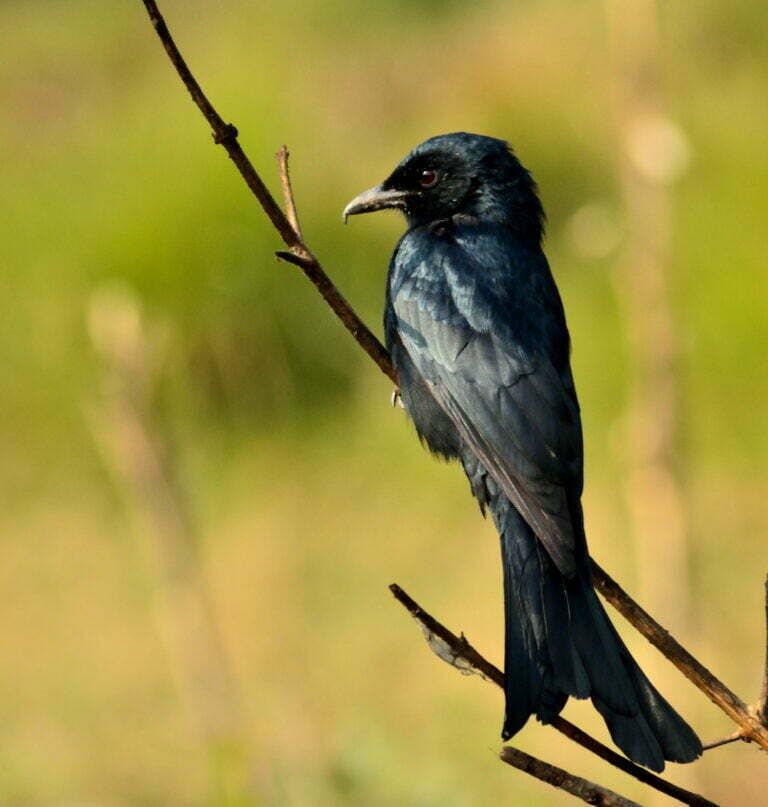
Black Drongo
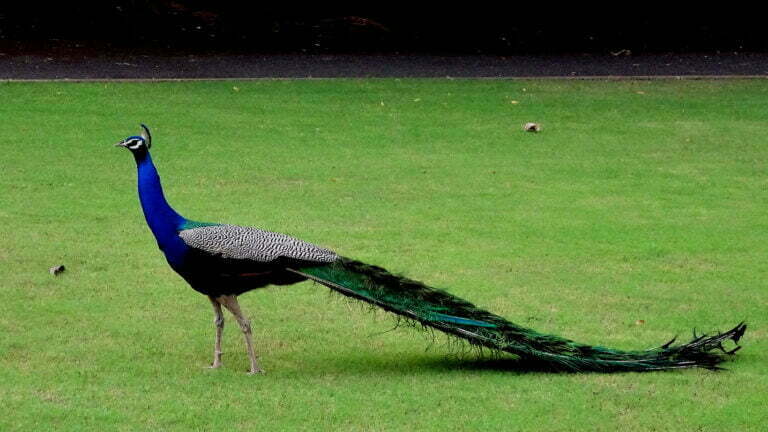
Indian Peafowl Information
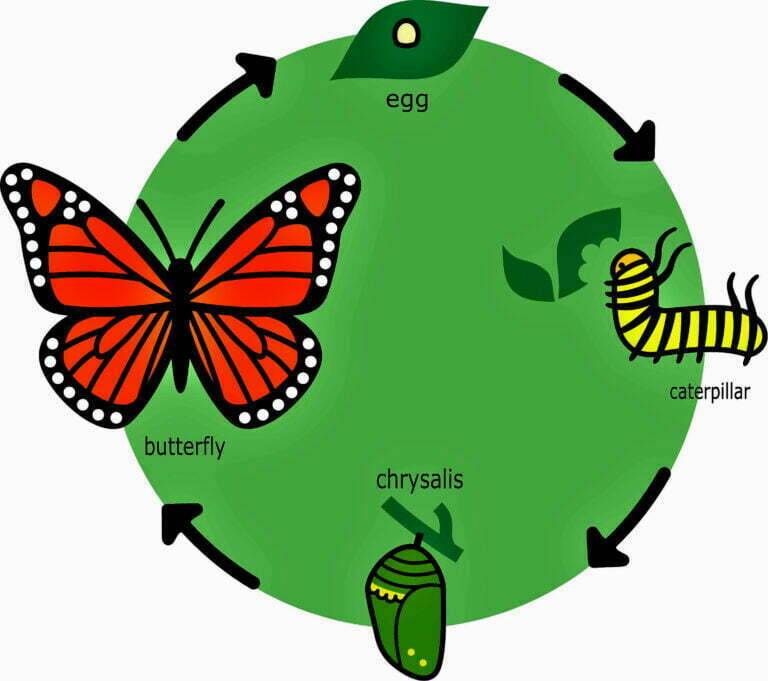
Butterfly Description
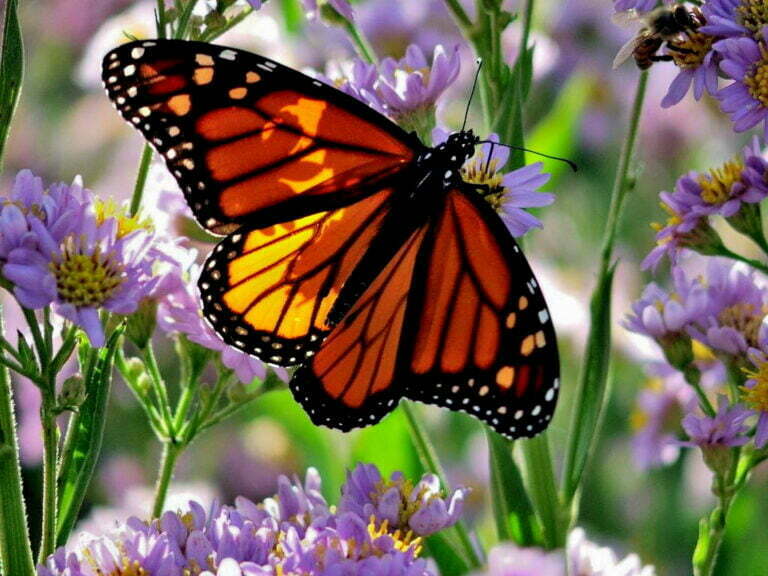
Monarch Butterfly
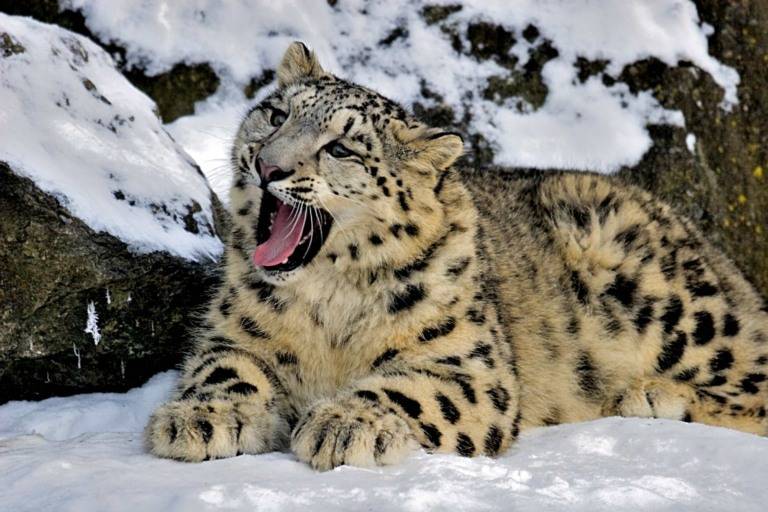
Snow Leopard Facts
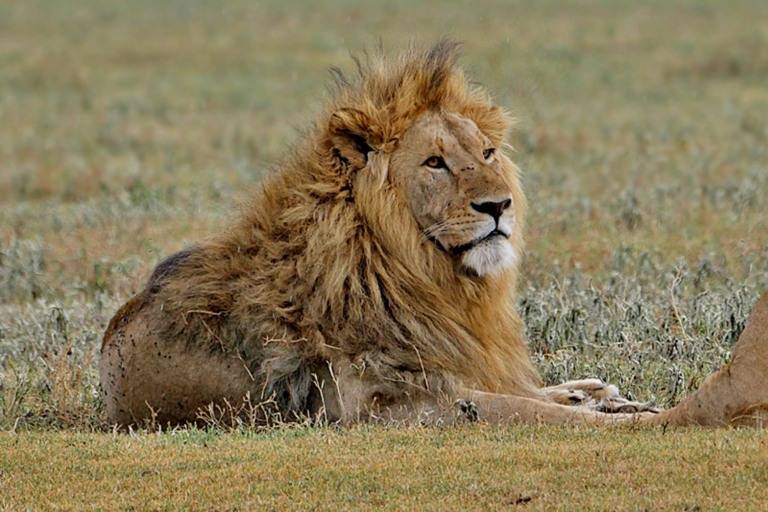
Indian Wildlife Bird Bugs Mammal Reptile Photos of Brown-headed Gull Bird Woodpeckers Drongo Coppersmith Barbet Green Pigeon. Nubra Bactrian Camel Yak Mammals. Striped tiger Butterfly Common leopard. Root Bridge